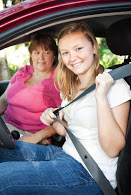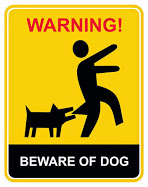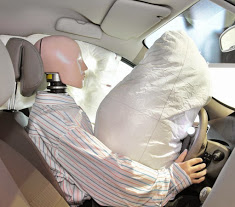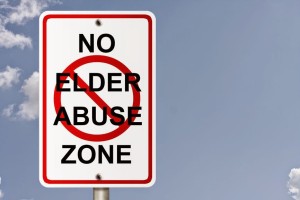 Distracted driving is a safety issue typically associated with performing other tasks while driving. Any non-driving activity you are engaged in while operating a motor vehicle significantly raises a risk of crashing and fatalities. Distraction transpires at any time you take your eyes off the road and do not concentrate on the primary task of driving.
Distracted driving is a safety issue typically associated with performing other tasks while driving. Any non-driving activity you are engaged in while operating a motor vehicle significantly raises a risk of crashing and fatalities. Distraction transpires at any time you take your eyes off the road and do not concentrate on the primary task of driving.
Even with the alarming statistics, the car companies continue to furnish their vehicles with elaborate dashboards and enticing displays of information. Originally, the idea was created to aid the drivers with their transportation needs by providing Global Positioning System (GPS) allowing them to easily find their destination. The technology has since advanced into other methods of navigation that may lead to interference with safe driving causing an increased number of accidents worldwide.
The youngest drivers are at most risk as in addition to being distracted by the displays on the dashboard, they also engage in texting and talking on the cell phone simultaneously. On average, 660,000 cars are being operated by someone who is using their Smartphone accounting for 16 percent of distracted driving crashes involving people less than 20 years of age.











